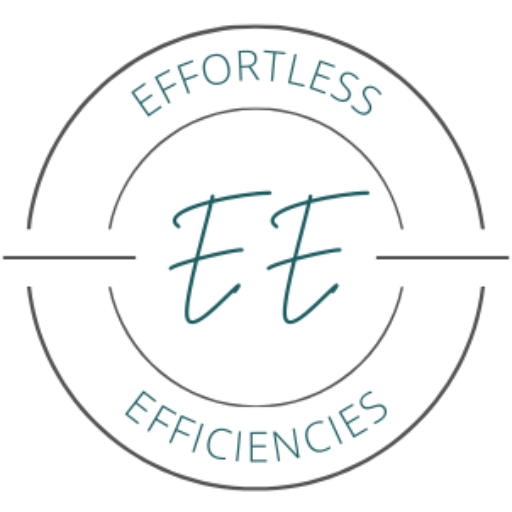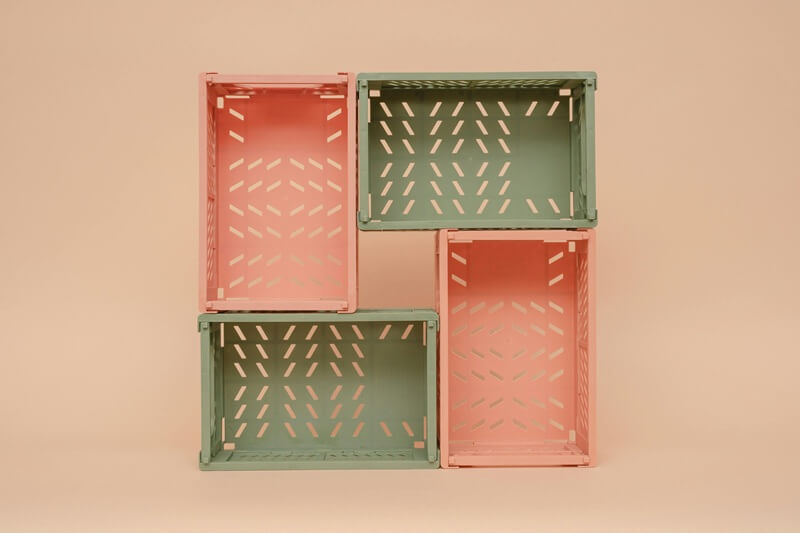If you have ADHD, you probably struggle with organization whether it’s losing your keys, overflowing piles of paper, or a closet that looks like a clothing explosion. Organization methods for and from the neurotypicals often assume that you just need more discipline or better habits but the truth is, your space should work for you, not the other way around.
Trying to force yourself into a neurobland system that doesn’t match how your brain naturally works is a recipe for frustration. The key to staying organized with ADHD is adapting your environment to fit your needs. If something isn’t working, change the setup—not yourself.
Here’s how to make your space work for you, so you can stay organized in a way that feels natural, not forced.
Step 1: Identify Your Hotspots
Start by paying attention to where clutter naturally builds up in your home or workspace. These are your “hotspots”—the places where items get dropped and forgotten. Instead of fighting against them, accept them and create a system that embraces how you actually function.
Examples:
✅ Random Paper Piles – If mail, receipts, or notes always end up on the counter, put one or two document trays or a wall file where the pile naturally forms.
✅ Rubbish Piling Up? – If used tissues, wrappers, or receipts always end up in a certain spot, put a small, stylish tabletop bin there instead of expecting yourself to walk to the trash every time.
When you work with your habits instead of against them, organization becomes effortless.
Step 2: Make Organization as Easy as Possible
The harder it is to put something away, the less likely it is to happen. ADHD brains love convenience and instant results, so the goal isn’t perfection—it’s reducing friction.
Try these tweaks to make staying organized easier:
✔ Use baskets instead of drawers – Tossing something in a bin is easier than opening and closing drawers.
✔ Store things where you use them – If you always do your makeup in the living room, keep a small organizer in the living room instead of expecting yourself to go to the bathroom every time.
✔ Keep everyday items visible – If “out of sight, out of mind” is a struggle, use clear bins, open shelves, or labeled containers instead of closed storage.
✔ One-Step Storage – Hooks instead of hangers. Open shelves instead of cabinets. This one is SO important. The fewer steps, the more likely you are to stay organized.
Step 3: Create Functional Spaces That Fit Your Needs
ADHD-friendly organization isn’t just about tidying up—it’s about making your spaces work for your lifestyle. If an area feels cluttered, it probably just needs better storage or functionality that works for the neurospicy brain. Something quick, functional, easy to use, and visual.
If you have a lot of stuff, consider these adjustments:
🔹 Install wall hooks – Perfect for bags, keys, coats, or anything you grab daily.
🔹 Add floating shelves – If a surface is always cluttered, vertical storage keeps things off the counter while staying visible.
🔹 Add baskets, bins, or drawers – Great for small spaces where things pile up but still need to be accessible.
You don’t need to declutter everything—just rearrange your space so it actually serves you.
Step 4: Embrace Your Dump Zones
ADHD brains often struggle with random clutter buildup, but instead of fighting it, optimize it. A well-structured dump zone keeps mess contained while still allowing flexibility.
✅ Use multiple baskets – Have a basket for mail, one for miscellaneous items, and one for things that need to go elsewhere.
✅ Label it! – If you or your family members tend to dump everything in the same spot, adding labels can help them (and you) put things in the right category.
✅ Do a weekly reset – Once a week, go through the baskets and relocate anything that doesn’t belong. Set a reminder if you need to.
This method acknowledges that dumping happens—but now, it’s organized dumping.
Step 5: Build Small, Easy Routines That Fit Your Brain
Organization isn’t a one-time event—it’s about creating small habits that prevent things from getting out of control. But instead of following rigid checklists, attach organizing habits to things you already do.
Examples of ADHD-friendly routines:
🕒 Morning Check-in → While having coffee, glance at your planner or task list.
🌙 Nighttime Reset → Before bed, spend 5 minutes tidying up your dump zone.
🚪 Leaving the House Routine → Do a quick check for keys, wallet, and phone before stepping out.
This also leans into Temptation Bundling which we talked about in our ADHD Life Hacks article. Pairing something you have to do with something you like.
Step 6: Keep It Flexible & Forgiving
ADHD-friendly organization isn’t about having a perfectly tidy space at all times—it’s about creating a system that resets easily when life gets chaotic. If you fall off track, it’s okay, that’s part of the process.
🔄 Keep Tweaking! – If something isn’t working, tweak it instead of abandoning the whole system.
⏳ Give yourself grace – ADHD brains don’t do well with shame-based motivation. Focus on progress, not perfection.
🎉 Celebrate small wins – If your space is even slightly more functional than before, that’s a victory.
Organization Should Work for You
If neurobland organization methods haven’t worked for you, it’s not a personal failure—it’s just not built for the way your brain functions. Adapting your space to fit your needs, reducing friction, and embracing flexible organization, you’ll find that staying organized with ADHD can actually be possible.
What’s one small change you can make today to make your space work better for you? Let me know in the comments.

